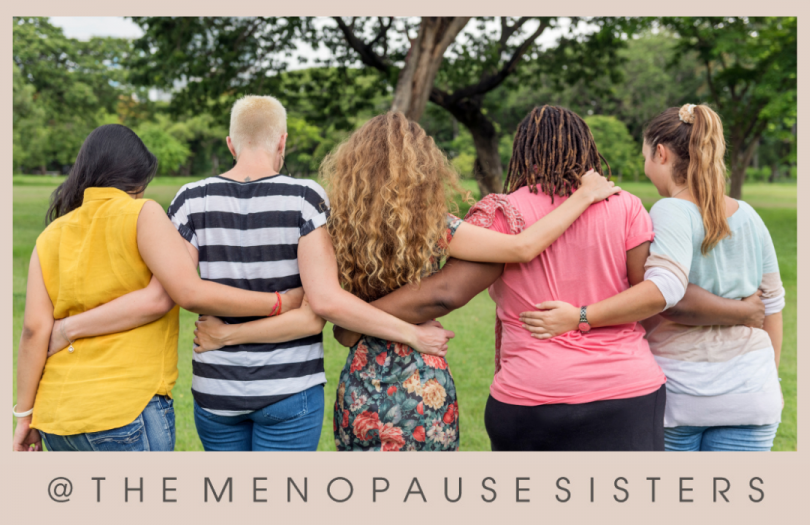October is Menopause Awareness month and this October you may have noticed the voices of menopause advocates got louder. Carolyn Harris MP, self-named menopause revolutionist, brought a bill to the parliament in London to ensure a reduction in HRT prescription costs for women in England; prescriptions in Wales and Scotland are free.
It’s something that all women will go through, some early (Premature Ovarian Insufficiency), some due to a surgical procedure, diagnosis or result of medical treatment, and for many around midlife. The medical term ‘menopause’ refers to the point at which a woman has stopped menstruating for 12 consecutive months. The perimenopause can last six years or more and is the time up until the menopause. Post menopause is the time after the menopause.
Oestrogen, Progesterone & Testosterone
Every individual cell in a woman’s body contains an oestrogen receptor, so as a result of this, the menopause is a whole-body experience. Oestrogen levels begin to fluctuate irregularly in perimenopause (the lead up to menopause) and continue to drop as a woman reaches the menopause, because of this a variety of symptoms may begin to surface. Oestrogen helps to regulate mood, body temperature, maintains memory, maintains menstrual cycle, lubricates the vagina, protects the arteries, and stimulates breast growth during puberty. Levels of progesterone and testosterone also begin to fall. Progesterone helps maintain the monthly cycle; it also prepares the uterus (womb) for pregnancy and supports the body during pregnancy. Testosterone is produced in the adrenal glands and regulates sex drive, supports bone growth, strength, and muscle mass; it is also known to influence mood, concentration, and memory.
Symptoms
With so many symptoms of the menopause that can adversely affect a woman’s psychological and physical wellbeing it is important to understand that these can be from top to toe. These may include headaches, migraines, dizziness, anxiety, poor memory, low mood, irritability, depression, fatigue, irritability, mood swings, lethargy, insomnia, bloating, weight gain, vertigo, dizziness, tinnitus, a dry or burning mouth, hot flushes, night sweats, cold flushes, UTIs, dry skin, itching, sore joints, aching muscles, the list goes on…..
NICE guidelines recommend that each woman should be treated individually, according to her symptoms but managing symptoms can take a little ‘trial and error’ as there is no one way that ‘fits all’ and it is a personal choice and journey.
Stress
Stress is a major player when it comes to our perimenopause and menopause symptoms. Reducing stress is potentially the first lifestyle choice a woman can make to help reduce symptoms. Breathing, movement, relaxation, and meditation in the form of yoga, Feldenkrais, somatics and mindfulness all support our bodies to activate our parasympathetic nervous system – the rest and digest side. To ease anxiety, reduce insomnia and fatigue, help to release anger and irritability as well as help to manage hot flushes women need to understand their nervous system. The sympathetic nervous system, often described as the flight/fight side, helps us get up in the morning, switched on when we’re busy, go for a run, and when we are generally active. However, if it is switched on most of the time and we don’t have the ability to switch it off and turn on the parasympathetic we can really struggle. In yoga, weight bearing postures (asana) help to support bone strength which is important as women’s risk of osteopenia and osteoporosis is high as oestrogen reduces. The US National Library of Medicine has also recognised yoga as an effective treatment for reducing menopausal symptoms.




Thank you for your sharing. I am worried that I lack creative ideas. It is your article that makes me full of hope. Thank you. But, I have a question, can you help me?